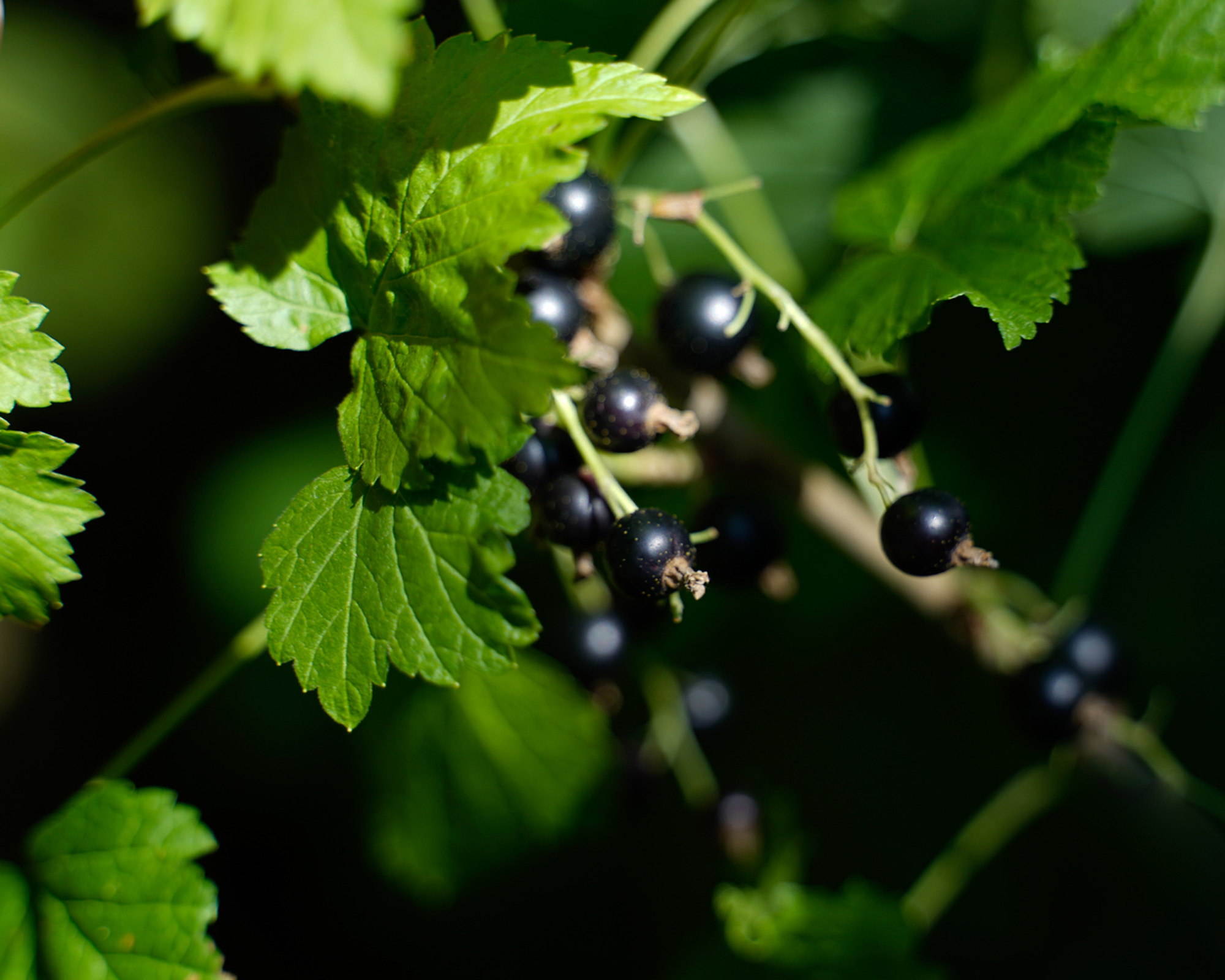Gardening expert shares why late winter is the best time to move plants in the garden
If you have a plant that's in the wrong spot, seize the opportunity and transplant it now. Here's why...

If you have plants in your garden that are in the wrong spots, now is the best time to move plants in the garden.
There are all sorts of reasons why you might want to learn how to move a tree or plant to a different spot: perhaps it's not doing so well because it doesn't get enough sun on the side of the garden you've planted it, or it may be that a shrub is growing so vigorously that it's crowding out other plants or obscuring a garden path.
Whatever your reason for wanting to shift a plant to a different spot, there's a bit more to it than simply digging it up whenever. Get the season wrong, and you could end up killing a plant. Get it right, and it'll take to its new spot unscathed.

Best time to move plants in the garden
The Guardian's gardening expert Alys Fowler has recently advised gardeners to be proactive if they're planning on moving garden plants and see the late-winter lull as the prime opportunity to do so with minimal risk to the plants. The easiest plants to move at this time of year are deciduous shrubs, explains Alys.
'They are dormant and thus, with care, can be taken from one bed and tucked into another with little trauma if you stick to a few rules,' she says in The Guardian.
The rules are only move plants that are a year or younger, and don't move anything taller than you. However, those who do need to move older plants may be in luck.
'There is a window for deciduous trees and shrubs from now until around mid-March, when the first bud bursts,' she adds. Unless your plant is an evergreen, in which case you'll need to move them in April during the active growing season.

Alan Titchmarsh has also advised to steer clear of moving mature plants. Whereas young plants will transplant easily, 'even things like magnolias and fountain grass that traditionally don’t like being moved.'
You can move more mature plants, according to Alan, but only if they're bedding perennials, ornamental grasses, or rock plants. You may be able to move such plants even if they're quite big – you'll just have to divide them first.
If you must move mature woody plants, Alan's top tip is 'to trim the tops back a bit first. Besides improving the shape, this means there is less surface area for the plant to lose water, giving damaged roots time to recover after they’ve been transplanted.'
Alan's ultimate no-no for transplanting? Grafted plants and roses: you almost certainly will damage them beyond repair, and roses are notorious for getting sick and dying after being transplanted. Leave them where they are – they may be in the wrong spot, but at least they're alive.
Check out our winter garden jobs for more gardening tasks to keep you occupied during the colder months.
Anna writes about interior design and gardening. Her work has appeared in Homes & Gardens, Livingetc, and many other publications. She is an experienced outdoor and indoor gardener and has a passion for growing roses and Japanese maples in her outside space.
